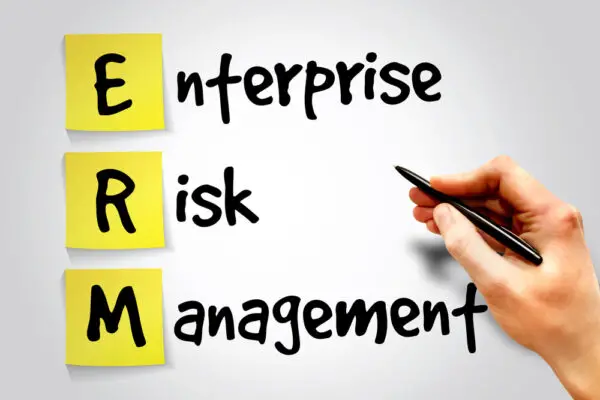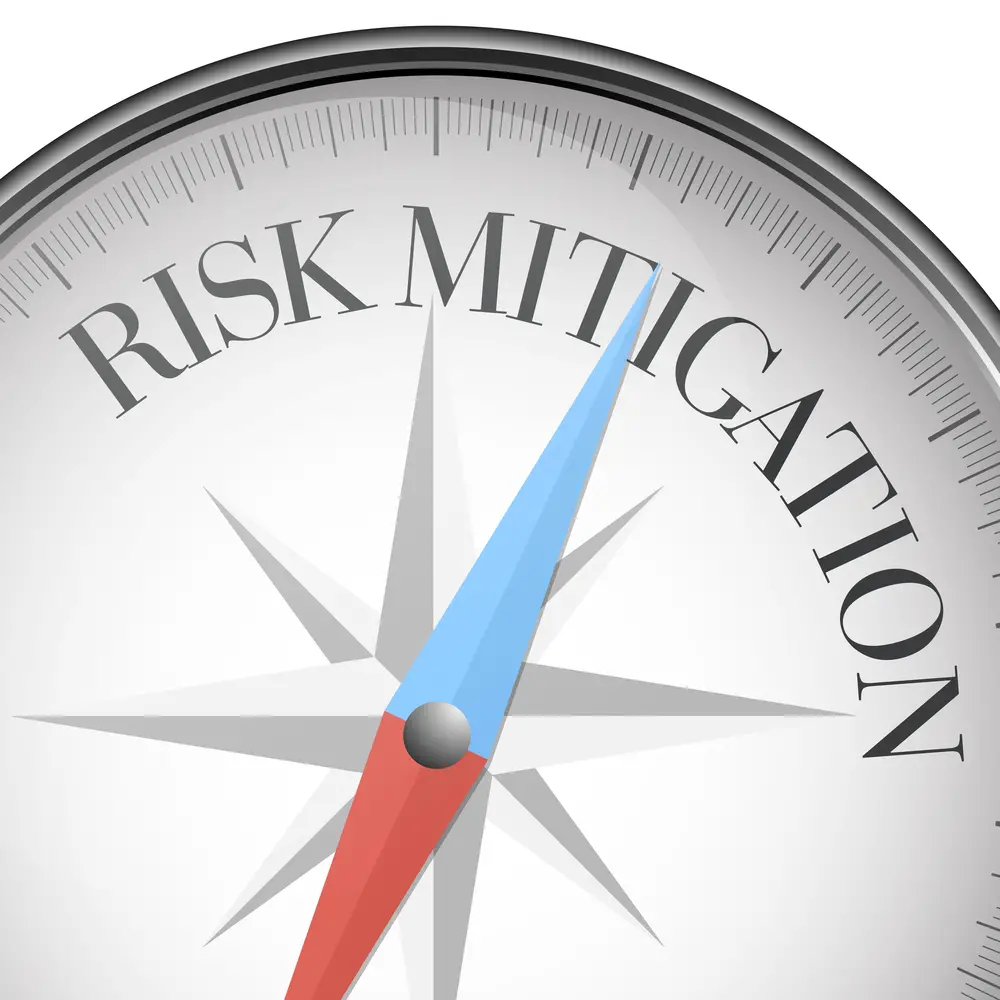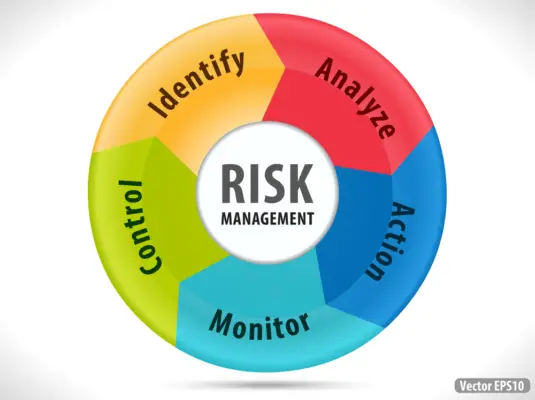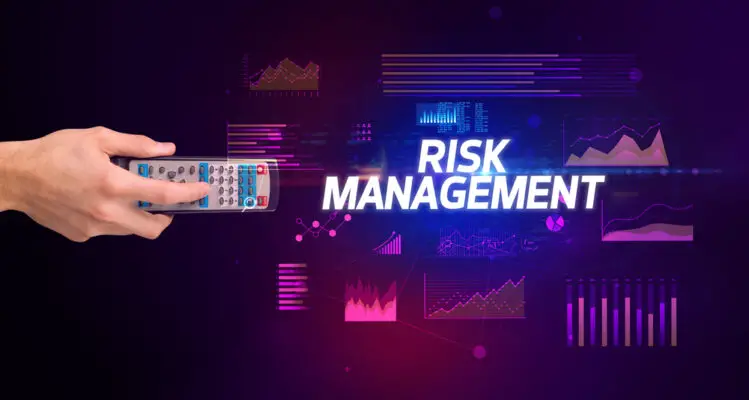In the world of project management, risk is an inevitable part of the process. Whether it is a small project or a large one, risks can pose significant threats to a project’s successful completion. To minimize the impact of these threats, it is essential to develop a robust risk mitigation plan. This plan serves as a safety net, safeguarding the project from potential harm and ensuring its successful completion.
In this blog post, we will explore various components that a risk mitigation plan might include. Through understanding these components, project managers can create a comprehensive plan that effectively addresses and mitigates risks, setting their project on a path to success.
Risk Identification
The first and most crucial step in developing a risk mitigation plan is identifying the potential risks. This process involves systematically analyzing the project to uncover any threats that could negatively affect its objectives.
Some common methods for risk identification include brainstorming sessions, expert interviews, historical data analysis, and scenario analysis. By identifying risks early on, project managers can take proactive measures to address them before they escalate and cause damage.

Risk Assessment
Once the potential risks have been identified, the next step is to assess their impact and probability. This assessment helps determine which risks need immediate attention and which ones can be monitored periodically.
Project managers can use various tools and techniques, such as risk matrices and probability-impact graphs, to assess risks effectively. The goal of this step is to prioritize risks, ensuring that resources are allocated appropriately to address the most pressing threats.
Risk assessment, in particular, is a critical component of this process, as it helps prioritize risks, allocate resources efficiently, and create a robust risk mitigation plan.
Key Elements of Risk Assessment
An effective risk assessment process comprises the following key elements:
a. Risk Identification: This initial stage involves systematically analyzing the project to uncover potential risks. Techniques such as brainstorming sessions, expert interviews, historical data analysis, and scenario analysis can help identify risks effectively.
b. Risk Analysis: Once potential risks are identified, project managers must analyze their impact and likelihood. This analysis can be qualitative or quantitative, depending on the nature of the project and available data.
c. Risk Prioritization: After analyzing the risks, project managers must prioritize them based on their potential impact and probability. Tools such as risk matrices and probability-impact graphs can help with this process.
d. Risk Register: Documenting the identified risks, their analysis, and prioritization in a risk register helps maintain a clear record for future reference and ongoing risk management.
Risk Response Planning
With the risks assessed and prioritized, it’s time to develop appropriate responses to them. Risk response planning involves choosing the best strategy for addressing each risk based on its impact, probability, and available resources. There are four primary risk response strategies:
a. Avoidance: This strategy involves taking steps to eliminate the risk entirely, such as changing the project scope or selecting a different approach.
b. Mitigation: This strategy focuses on reducing the impact or probability of the risk. Examples include implementing additional quality checks or improving communication among team members.
c. Transfer: In this approach, the responsibility for managing the risk is shifted to a third party, such as through insurance or outsourcing.
d. Acceptance: This strategy involves acknowledging the risk and developing a contingency plan to address it if it materializes.
Best Practices for Effective Risk Response Planning
To ensure successful risk response planning, project managers should consider the following best practices:
- Align Risk Response Strategies with Project Objectives: Choose risk response strategies that align with the project’s objectives, ensuring that the project stays on track and resources are allocated effectively.
- Engage Stakeholders: Involving stakeholders in the risk response planning process helps gain valuable insights and ensures that everyone is on board with the chosen strategies.
- Monitor and Review Risk Responses: Regularly monitoring and reviewing risk responses helps identify any gaps, assess their effectiveness, and make necessary adjustments to the risk mitigation plan.
- Document Risk Response Plans: Maintaining detailed documentation of risk response plans, including assigned responsibilities and timelines, ensures clear communication and accountability among team members.
- Adapt to Changing Circumstances: Projects are dynamic, and new risks may emerge or existing risks may change. Be prepared to reassess and adjust risk response strategies as needed to stay ahead of potential threats.
Risk Monitoring and Control
Continuous risk monitoring and control are essential components of a risk mitigation plan. This process involves tracking identified risks, ensuring that risk response strategies are implemented effectively, and identifying new risks as the project progresses.
Project managers should establish a risk management system that allows for regular risk reviews, updates to the risk register, and ongoing communication with team members and stakeholders.
Risk Communication
Effective communication is a critical aspect of risk mitigation. Project managers must ensure that all team members and stakeholders are aware of the identified risks, their potential impact, and the chosen response strategies.
Regular risk communication fosters a proactive risk management culture within the project team and helps ensure that everyone is prepared to address risks when they arise.
Contingency Planning
Despite best efforts, it is not always possible to prevent risks from materializing. In such cases, contingency planning is a vital component of a risk mitigation plan. Contingency plans outline the steps to be taken when a risk occurs, minimizing its impact on the project. These plans should be detailed, realistic, and readily accessible to all team members.
Risk Management Training and Capacity Building
To effectively implement a risk mitigation plan, it is crucial to invest in risk management training and capacity building. This training ensures that project team members are equipped with the necessary skills and knowledge to identify, assess, and respond to risks.
Capacity building initiatives can also include workshops, seminars, and mentorship programs to further enhance the project team’s risk management capabilities.
Regular Risk Reviews and Audits
Conducting regular risk reviews and audits is essential for maintaining an effective risk mitigation plan. These reviews help identify any gaps in the plan, assess the effectiveness of risk response strategies, and update the risk register as needed.
Integrating Risk Mitigation into the Project Lifecycle
For a risk mitigation plan to be truly effective, it must be integrated throughout the entire project lifecycle. This integration ensures that risk management remains a top priority at every stage of the project, from initiation and planning to execution and closure.
Through incorporating risk mitigation strategies into project milestones, deliverables, and performance metrics, project managers can ensure a proactive approach to risk management.
Fostering a Risk-Aware Culture
Finally, a successful risk mitigation plan relies on fostering a risk-aware culture within the project team and organization. This culture encourages open dialogue about potential risks, promotes proactive risk management, and recognizes the value of learning from past experiences.
Conclusion
In conclusion, a comprehensive risk mitigation plan is a critical component of successful project management. Through, including risk identification, assessment, response planning, monitoring and control, communication, contingency planning, training and capacity building, regular reviews and audits, integration into the project lifecycle, and fostering a risk-aware culture, project managers can effectively mitigate risks and ensure project success.
Understanding and implementing these components, project managers can not only minimize the impact of risks but also create a more resilient and agile project environment. Lastly, a well-executed risk mitigation plan serves as the backbone of effective project management, safeguarding projects from potential harm and setting them on the path to success.

Chris Ekai is a Risk Management expert with over 10 years of experience in the field. He has a Master’s(MSc) degree in Risk Management from University of Portsmouth and is a CPA and Finance professional. He currently works as a Content Manager at Risk Publishing, writing about Enterprise Risk Management, Business Continuity Management and Project Management.



